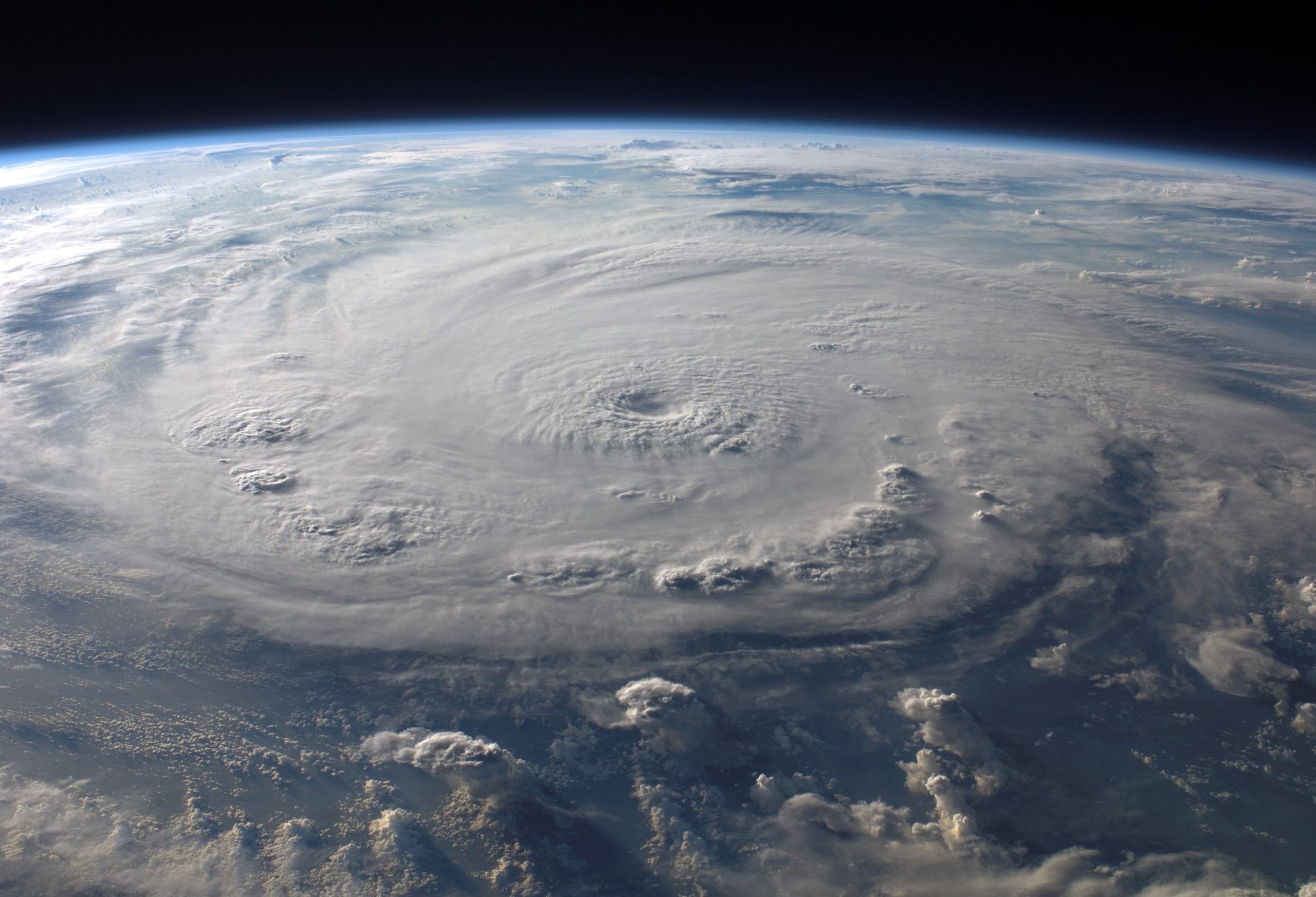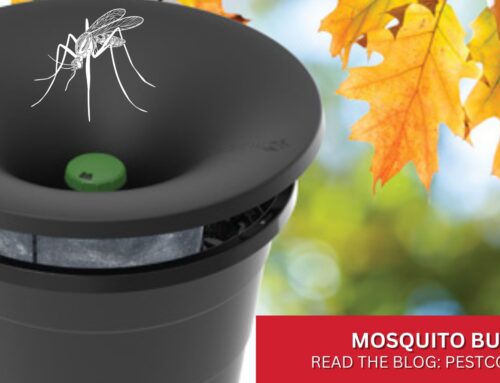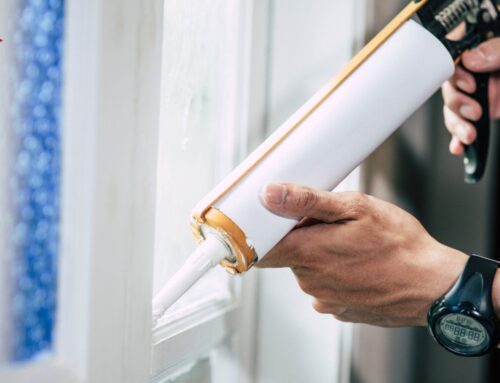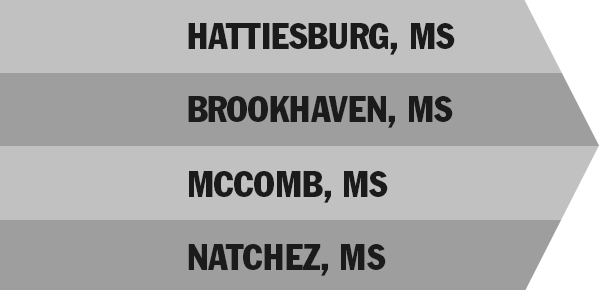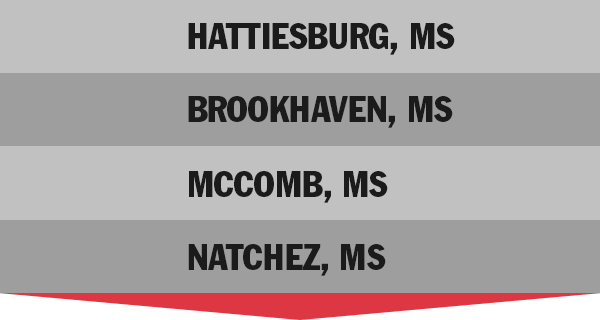Termites can make hurricane season a whole lot worse than it already is. Even in Central Mississippi cities, such as Hattiesburg and McComb, tropical storms and hurricanes can impact the environment. Termites are naturally drawn to moisture, and their propensity to burrow in dead or rotting wood makes them dangerous inhabitants to a property with a lot of trees and wooden structures. If your property is not protected by a termite contract yet, now’s the time to get your property all squared away before the next storm. Read on to learn more about the connection between termites and hurricane season!
Termites and Moisture: Feeding the Colony
A termite infestation begins with a food source. Rainy weather makes wood softer and easier for termites to consume. That is why termites are so inclined to infest damp wood sources. Termites require three vital resources to survive:
- Heat
- Shelter
- Moisture
These three elements are found together in spades during the Atlantic Hurricane Season (especially at the beginning). By the time termites have weaseled their way deep within the structure of your home, it is more difficult to completely eliminate the colony. That’s why it’s so important to begin anti-termite preparation at the beginning of the rainy season.
Termites Make Homes in Dead Trees (And Sometimes Live Trees!)
Long before the first storm surge, termites can be diligently munching away at dead or rotting wood. One of their favorite places to set up camp is inside the trunk of an old, dying tree. After a while, the tree becomes riddled with pockets of termite burrows. In addition to trees, termites love munching on the following vegetation:
- Tree Roots (This sinister snacking can contribute to the eventual demise of the tree.)
- Fallen Limbs
- Wood Piles
- Mulch
- Tree Stumps
The Dangers of Termite Infested Vegetation
A termite-infested tree isn’t just dangerous during a storm. These trees are at risk of falling down, causing severe property damage (and possible injury), at any given time. These unstable trees are extremely hazardous and unpredictable. If you suspect you have a tree with termite damage, it is advisable to have a professional inspect the tree’s strength and possibly remove it from your property.
Termites Can Weaken Your Home Before a Storm
In addition to hazardous falling limbs and trees, the very integrity of your home can be weakened due to termite activity. Termites primarily munch on wood, which means termite activity can be found in wooden foundations, window and door frames, molding, stairs, and inside walls! Depending on the construction of your house, there are plenty of vital structural points in which termites can nest. The following are common signs of termite activity in your home:
- Discolored Drywall
- Drooping Ceiling or Walls
- Peeling Paint (this may initially look like water damage)
- Small, sudden holes in your ceiling or drywall
- Damaged, crumbling wood
- Piles of discarded wings
- Dry wood termite pellets (these resemble small piles of pepper)
- Stuck doors or windows
If you notice any of these common signs of termites, it’s time to call Orkin! Protect your home before termite damage makes the structure vulnerable to stormy weather.
Schedule a Termite Inspection with Orkin During Hurricane Season
Even if you live in an area that does not often see the full force of hurricane winds, rain and flooding are significant contributors to termite activity. If you have not yet scheduled your termite inspection, call Orkin immediately! Our experienced termite control professionals will evaluate your property and determine the best game plan to eliminate termites once and for all! For a limited time, take $100 off your new annual termite contract. Call Orkin today!

